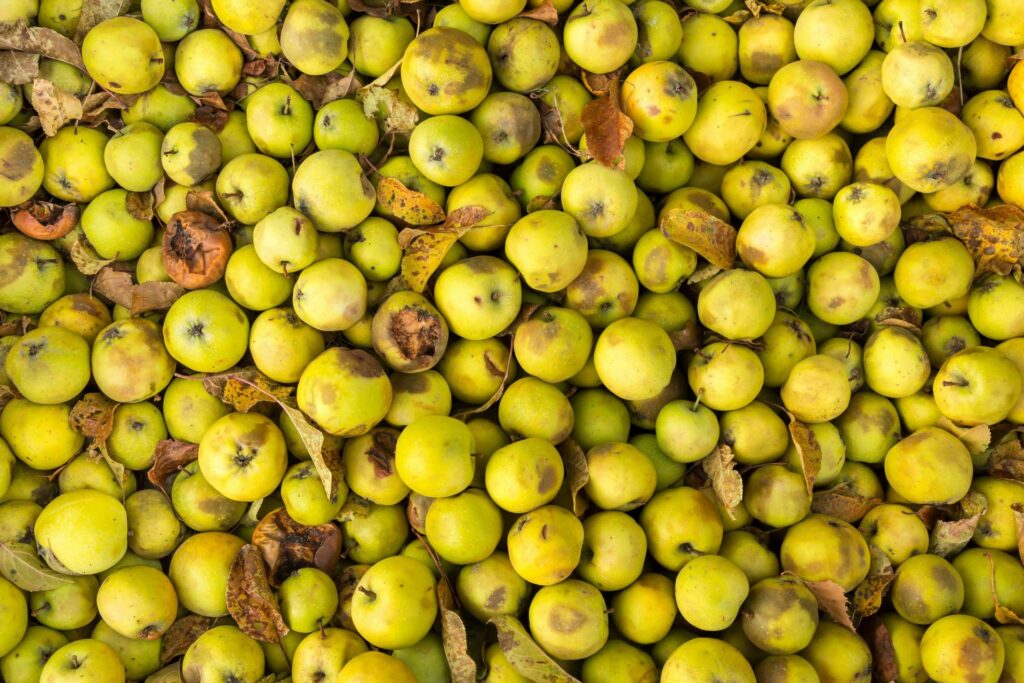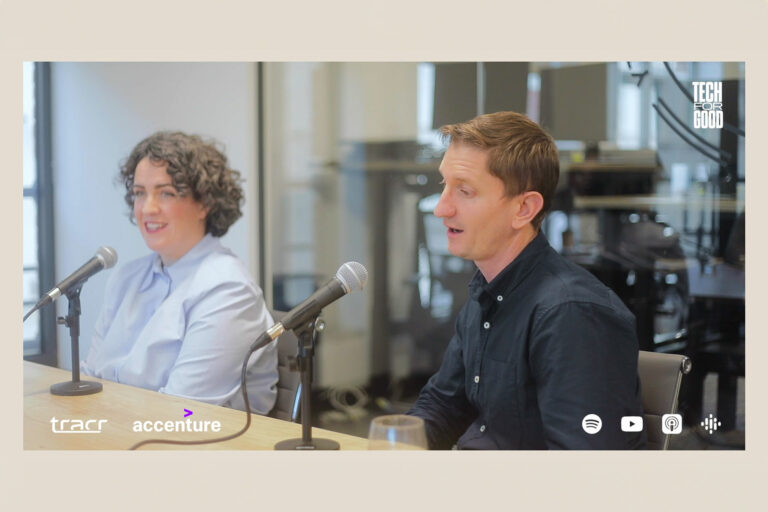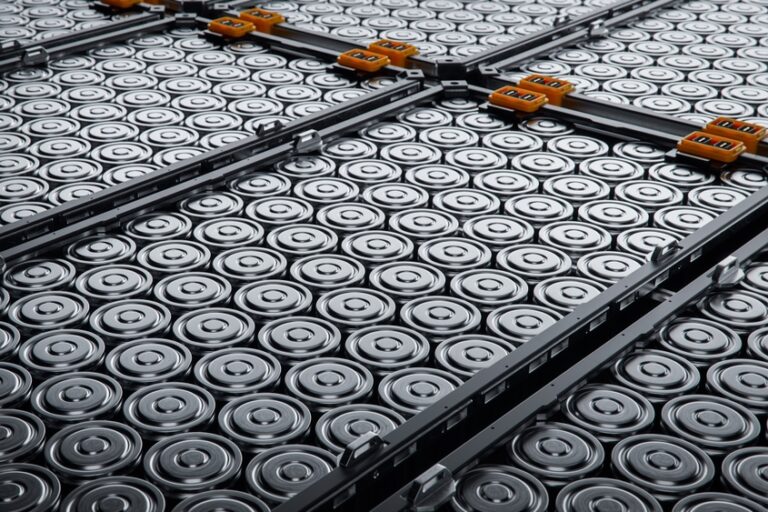
The climate emergency is the defining issue of our time. The COVID-19 pandemic is shining an even brighter light on the devastating impact humanity is having on our precious planet. Take a look at how a quieter, slower pace of life has benefited the environment around us. We’ve seen images of wildlife returning to the waters in Venice, the reduction in traffic has improved the cleanliness of our air, and we’re more aware than ever before about how consumerism drives waste.
However we still waste food – and that’s a problem.
By the time you have finished reading this article, over 12,000 tonnes of food will have been lost or wasted across the global supply chain.
Food waste is a huge environmental issue that, for many, still doesn’t get classified as one. Our own research at Too Good To Go showed that 70% of Britons don’t realise that food waste is a leading cause of greenhouse gas emissions.
Worldwide, a third of food produced gets wasted. When food goes to landfill, it creates methane – a greenhouse gas 27 times more potent than carbon dioxide. And that’s not the only problem.
Just think: it takes about five brimming bathtubs of water to produce a carton of six eggs. When we throw them away, it’s not just the eggs we’re wasting – we’re wasting everything it took to produce, package and transport those eggs too. A strawberry that drops to the floor while growing in a field does not have the same environmental impact as one that was picked, packed in plastic, flown halfway across the world, driven to local store in a HGV only for you to let it grow mouldy in the fridge and then dispatch it to UK landfill in a black bin liner.
Food waste is responsible for a staggering 8-10% of greenhouse gas emissions, and climate experts have said that reducing food waste is one of the most impactful actions we can all take to address global warming.

So why do only 31% of British adults realise that food waste and climate change are even connected? Why do we continue to throw away 10 million tonnes of food every year? Lack of awareness is costing us, and the health of the planet.
The financial, moral and environmental case for tackling food waste should have been obvious to all of us for a long time. But it wasn’t – and then the coronavirus arrived.
One of the few positive outcomes of the COVID-19 crisis has been a greater appreciation of food. Faced with empty supermarket shelves, shrunken product ranges and closed restaurants, many of us, for the first time, became aware of the fragility of our food system.
Nine out of 10 adults report that they are more aware of how much food they are wasting, and over a third of consumers are throwing out less food compared to before the crisis struck. Piece by piece, our appreciation for food is growing.
This shows that food waste is starting to creep into consumer consciousness. The challenge now is turning these short term realisations into long-term behaviour change.
Technology can play a vital role in shifting the dial.
The data and insights we get from technology let us tackle the issue with a level of nuance – and on a scale – that was unprecedented until now. Some solutions are already playing a role in helping to understand, recognise and reduce food waste across the supply chain.
Machine learning technology is helping to monitor freshness of produce in shipping containers, providing options for what to do with food if shipments are delayed so that it doesn’t go to waste. Forecasting tools are using AI to analyse the weather, the day of the week and special events, predicting cafe and restaurant demand more accurately than ever before. Smart bins are photographing and weighing the contents of food bins in commercial kitchens to help track exactly which foods, and how much of them, are going to waste. Domestic fridges are being launched with inbuilt cameras to keep tabs on the food inside, helping consumers to eat food on time and plan meals.
Technology can also play a role in driving behaviour change. Apps can enable people to stop perfectly edible food from being wasted and put the topic of food waste at the forefront of people’s minds. They can let people buy unsold food from local stores (such as Too Good To Go), or rescue surplus food from within their community.
There are consumers who might not have realised that food waste is a problem until they see an app to tackle it. When consumers discover and use an app, a set of bigger questions are triggered: what actually happens to food that ends up in the bin? Why was it going to be thrown away? Suddenly, awareness is ignited – and that’s a spark of engagement that can ignite behavioural change.
It’s not just consumers that apps can help. Many businesses are in need of friction-free solutions to reduce their food waste. They need solutions that do not require hours of training for staff or lengthy processes to be put in place. Apps provide an easy-to-implement platform for businesses with surplus food. No food business likes to throw away perfectly edible food and apps can provide a safety net for when they find themselves with surplus at the end of service. Just as with consumers, apps can make people think twice about food waste.
After all, a mindset shift is what we need most of all. We need to learn to cherish food, realising that – just like the land that was set aside to grow it, or the water that was used to sustain it – it’s far too precious to waste.
By harnessing technology and tackling the issue at all levels of the supply chain, we can drive the food waste movement forward, challenging societal behaviours as we go and creating a healthier planet for us all.

Hayley Conick
Managing Director, Too Good To Go UK



